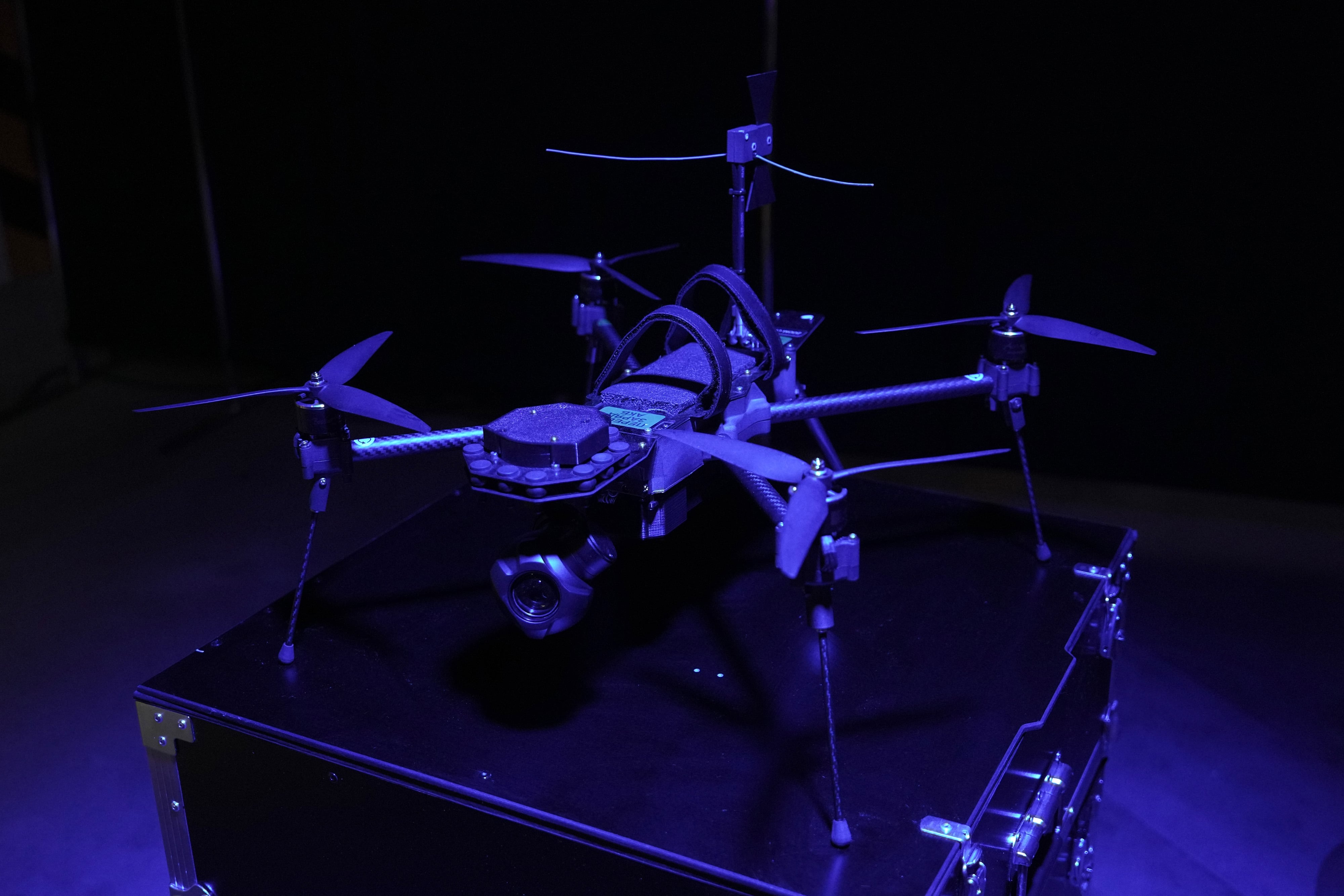As General Dynamics Mission Systems moves ahead on the Army’s moves ahead on the Warfighter Information Network-Tactical mobile communications network, flagship warfighter information network WIN-T, its General Dynamics Mission Systems President Chris Marzilli describes a range of technological evolutions that couldshould substantially enhance war fighter communications in the coming years.
Range, seamlessness, reduced redundancy: Solutions for all these needsAll these are under development and should soon be ready for deployment Marzilli told C4ISR & Networks at the Association of the U.S. Army annual meeting and exposition in Washington, D.C.this week’s AUSA meeting.
"All of this will be responsive to urgent need statements and operational need statements," he said. These efforts, funded by the company itself, come alongside General Dynamics’s rollout of WIN-T Increment 2, with 18 units or roughly 20 percent fielded and another 80 percent expected to deliver at the rate of two to six per year. Even as the system goes into full production, the company acknowledges it could take years, maybe decades, to achieve full implementation. "The challenges are always resources and money," Marzilli said. Army planners "are going to do their best, and we are going to try to help them," he said.
Simultaneously, the company is pushing forward with its Tactical Communications Nodes (TCN), a more fully functional version of its three-year-old TCN-Lite. Still in demonstration phase, TCN will offer a swap-sensitive solution that could potentially be inserted into WIN- T depending on user demand and communications environment. The company is pushing to engineer improvements to range as well as ease of use, taking the end user out of the equation and automatic processes as much as possible. "This is a single platform for interoperable communications, regardless of what wavelength, what wave format, what security posture," Marzilli said. "All of that should be completely behind the scenes for the user."
These improvements will rely largely on virtualization, a computer technique in which a virtual machine (as opposed to an actual computer) serves to streamlines operations by acting as a server, storage device, network or even an operating system. Through virtualization, engineers should be able to pare back significantly the physical infrastructure needed to drive a network. "We don’t need two sets of equipment, two sets of trucks, two drivers. We want to declutter the battlefield by using virtualization," Marzilli said.
Some General Dynamics Mission Systems innovations have already gone live, such as for instance the hard-shutdown rescue tool. Typically when a system goes down entirely — for instance due to a generator failure — the reboot brings up a scrambled mess. New tools promise to restore work after a crash in exactly the form it had been in before the shutdown, which thus getsting troopsthe fighter back in the fray that much sooner.
When it comes to getting these new tools onto the actual battlefield, Marzilli suggested it will be up to vendors to insert these advances into existing programs. Rather than ramp up to meet requirements, as in the past, today’s technology-driven contractors are moving at such a pace that they now mustin the position of helping the military to understand what is can be done. "We are showing the art of the possible, getting folks to understand what is doable now," Marzilli said.
Sometimes this means drawing a hard line between developments in the commercial sector, and improvements that are possible among more military-centric vendors. Take for instance the development of LTE telecommunications. While commercial vendors may be ready to blanket cities of 2 million people or more, "they are not that interested in taking care of the tactical Army [where] it's all conditional and expeditionary," Marzilli said. It takes specialized knowledge to address those needs.
Visit our Show Reporter for full coverage of the 2015 AUSA annual meeting and exposition.








